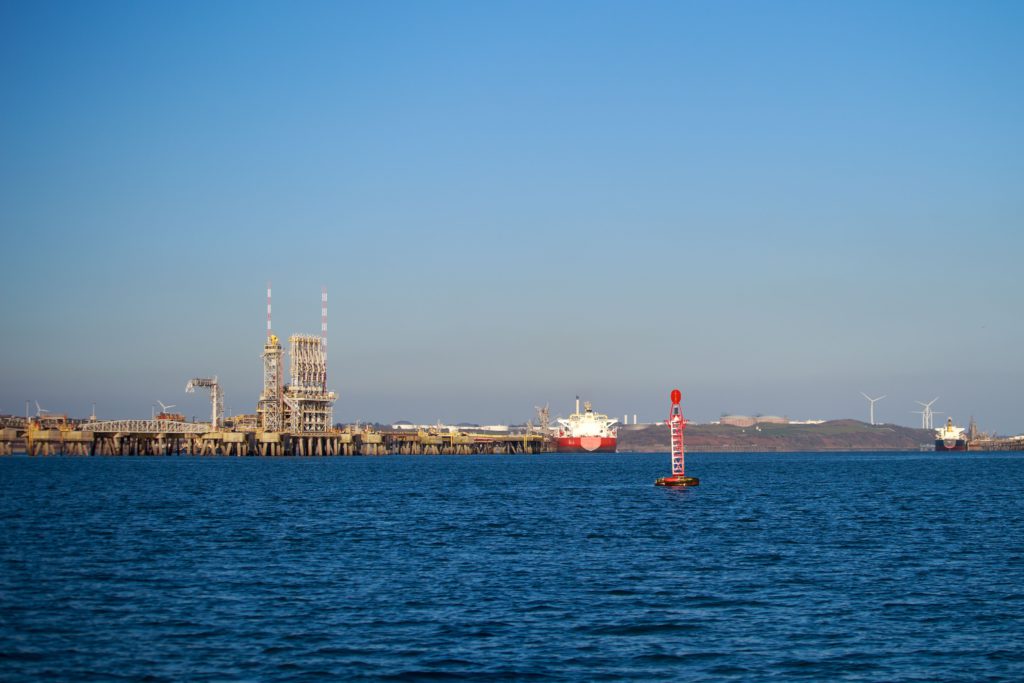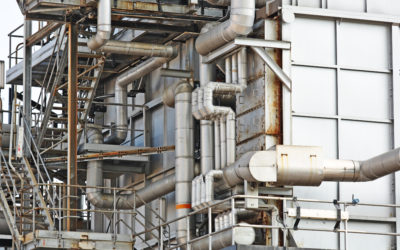Enhancing the Mechanical Integrity of Offshore Heat Exchangers
Maintaining offshore oil and gas facilities’ mechanical integrity (MI) is critical for efficient operations, early fault detection, and minimizing revenue losses due to unnecessary or poorly coordinated maintenance actions. Among the static equipment used in these facilities, heat exchangers play a vital role in processing, but they are challenging to maintain, especially as facilities age. Factors such as poor designs, inadequate use of process data, and lack of robust maintenance programs contribute to frequent failures.
This article will explore how these challenges can be addressed and how HeatX, an advanced nanocomposite surface treatment, can significantly enhance the reliability, efficiency, and lifespan of heat exchangers in offshore environments.
The Importance of Mechanical Integrity in Heat Exchangers
Heat exchangers are crucial components in oil and gas processing facilities, transferring heat between fluids during production. However, maintaining the mechanical integrity of these exchangers is difficult due to extreme operational conditions, including corrosive environments and temperature variations. Over time, aging facilities become more susceptible to equipment breakdowns, leaks, and corrosion-related issues. These breakdowns, if undetected, can result in production downtime, safety risks, and costly repairs.
To ensure that heat exchangers perform efficiently, MI programs must incorporate regular inspections, data analysis, and effective maintenance strategies. Unfortunately, many offshore facilities experience common problems due to poor design, improper process data utilization, and inadequate maintenance programs. These issues leave facilities vulnerable to damage and inefficiencies.
Challenges in Maintaining Heat Exchangers
Key challenges in maintaining the mechanical integrity of heat exchangers include:
- Corrosion and Fouling: Offshore heat exchangers are constantly exposed to harsh environments, leading to material degradation and fouling, which affects performance.
- Erosion: Fluid flows and particle abrasion wear down heat exchanger surfaces, reducing their efficiency and lifespan.
- Thermal Stress: Constant temperature variations lead to thermal stress, causing cracks or deformations in the equipment.
Without a robust maintenance program or effective surface treatment, these problems can worsen, leading to frequent equipment failures and increased downtime.
HeatX: The Nanocomposite Solution to Enhance Heat Exchanger Integrity
HeatX is an advanced nanocomposite surface treatment that addresses many of the challenges offshore heat exchangers face. As a durable, omniphobic (oil- and water-repellent) coating, HeatX offers superior protection against corrosion, fouling, and material degradation. By applying HeatX to the surface of heat exchangers, operators can significantly extend the life of their equipment and improve overall efficiency.
Key Benefits of HeatX:
- Corrosion Resistance: HeatX forms a protective barrier that prevents the formation of corrosive agents, such as water and gas, on heat exchanger surfaces.
- Fouling Prevention: The slick, low-surface-energy coating of HeatX repels bio-fouling organisms and debris from adhering to the exchanger, reducing maintenance needs and improving efficiency.
- Erosion and Wear Reduction: HeatX provides heat exchangers with a tough, wear-resistant surface, mitigating damage from high-velocity fluid flows and abrasions.
- Thermal Efficiency: Despite being a protective coating, HeatX is non-insulating, allowing it to maintain the optimal heat transfer rates needed for efficient heat exchanger performance.
Integrating HeatX into Mechanical Integrity Programs
Incorporating HeatX into MI programs for heat exchangers can lead to significant cost savings by reducing unplanned maintenance, extending equipment life, and optimizing heat exchanger performance. This advanced surface treatment can be applied to both new installations and existing corroded equipment, further reducing replacement costs and improving safety.
In offshore oil and gas facilities, where heat exchangers play an essential role in processing operations, the use of HeatX can ensure smooth, uninterrupted performance and lower operational risks.
Maintaining the mechanical integrity of heat exchangers is critical to offshore oil and gas facility operations. Operators can enhance equipment reliability and reduce costly breakdowns by addressing common challenges such as corrosion, fouling, and thermal stress. HeatX nanocomposite surface treatment offers a robust solution, providing superior protection and efficiency for heat exchangers.
For facilities seeking to improve their MI programs, incorporating HeatX can ensure long-term safety, performance, and cost-effectiveness in offshore environments. By investing in advanced surface treatments like HeatX, companies can maintain peak operational performance while reducing maintenance and repair costs. Reach out to learn more about HeatX from our experts.



